
The Best Bootybuilding Exercises
Before identifying the best bootybuilding exercises, we must gain an understanding of the booty and it’s abilities.
WHAT IS BOOTYBUILDING?
Bootybuilding is a form of exercise that is designed to develop and strengthen the gluteus muscles – located in the buttocks. Bootybuilding is an exercise regime that can be enjoyed by anyone looking to build a more defined backside. This training style relies on a combination of strength exercises, with a focus on targeting the muscles in the glutes. Some of the most popular bootybuilding exercises include squats, deadlifts, lunges, and hip thrusts, with a range of variations to help target specific areas. The end result is a toned, firm, and lifted backside that accentuates an individual’s figure and boosts their self-confidence.
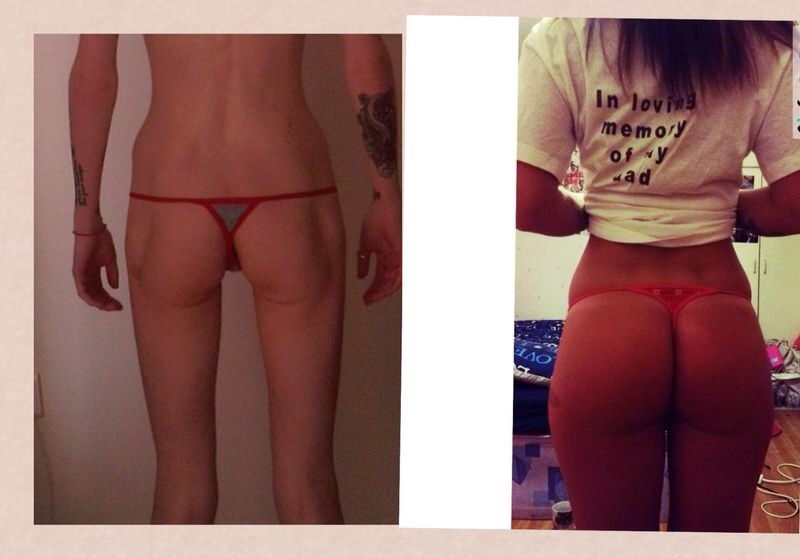
Photo: One year comparison from a former client named Kimmy, proving that dramatic changes can be made with the right approach.
WHICH MUSCLES MAKE UP THE GLUTES?
There are three main muscles in the glutes: gluteus maximus, gluteus medius, and gluteus minimus. Each muscle has a unique function and is responsible for specific movements.
The gluteus maximus is the largest muscle in the gluteal region and extends from the pelvis to the thigh bone. It is primarily responsible for hip extension – moving the thigh bone backward while walking, running and jumping. It also provides stability and support when standing upright.
The gluteus medius muscle is located on the outer surface of the pelvis and helps to stabilize the hip joint. This muscle is responsible for hip abduction, which involves moving the thigh bone outward from the body. Gluteus medius works with gluteus minimus and other muscles in the hip region to maintain balance and prevent the pelvis from tilting.
The gluteus minimus muscle is located underneath gluteus medius. It is responsible for hip abduction and internal rotation. This muscle works in tandem with gluteus medius to stabilize the pelvis and maintain balance while running, walking or jumping. Additionally, the gluteus minimus has a crucial role in maintaining posture and preventing injuries in the hip region.
WHAT ARE THE MAIN CAUSES OF A FLAT BOOTY?
A flat booty can be caused by several factors. One of the most common causes is genetics. Some people are born with a flatter butt due to their genetics, and this can be challenging to change with training alone. Nevertheless, a lot can be done to add muscle mass when using the best bootybuilding exercises.
Lifestyle and weight changes can also impact the size and shape of the butt. A sedentary lifestyle, lack of exercise, and poor diet can lead to a lack of tone and definition in the glutes.
Another cause of a flat booty is age. As we get older, our muscles naturally weaken and lose mass. This can lead to a flatter, sagging butt. Hormonal changes that occur with age can also impact the size and shape of the butt. For women, menopause can cause a decrease in estrogen, leading to a loss of muscle tone and fullness in the buttocks.
Injuries or medical conditions can also cause a flat booty. Injuries such as hip fractures or surgeries like a hip replacement can weaken the muscles in the butt and lead to a flatter appearance. Medical conditions like multiple sclerosis or muscular dystrophy can also impact the muscles in the buttocks, leading to a loss of definition and shape.
WHAT ARE THE BEST BOOTYBUILDING EXERCISES?
DEEP SQUATS
HOW TO ENGAGE GLUTES WHILE SQUATTING WITH PERFECT FORM
Engaging the gluteus maximus while performing squats is essential for developing a strong and shapely booty.
To do so, it is important to maintain proper form throughout the exercise. Here’s how to engage your glutes while squatting with good form:
- Start by standing with your feet shoulder-width apart and your toes pointing slightly outward. Place a barbell behind your neck and rest it on your shoulders.
- Lower your body by bending at the knees and hips. Make sure your knees track in line with your toes, and your thighs are parallel to the ground.
- As you exhale, push through your heels and contract your glutes while standing up to the starting position.
- Focus on squeezing your butt muscles at the top of the movement to engage the gluteus maximus.
- Repeat for desired reps, maintaining proper form throughout the set.Remember to always use proper form when squatting, avoid rounding your back, and keep your core tight. With practice, you’ll be able to engage your glutes fully, resulting in a more substantial, defined booty.
HIP THRUSTS
- Begin by sitting on the ground with your back against a bench or a box. Your feet should be placed flat on the ground.
- Roll a padded barbell over your pelvis and hold it with your hands on the sides of the bar. Alternatively, you can use a resistance band placed around your hips to provide resistance.
- Activate your glutes and core muscles and lift your hips off the ground, keeping your back straight and your chin tucked. Be sure to push through your heels and keep your knees in line with your hips.
- Pause briefly at the top of the move before slowly lowering your hips back to the ground. This completes one rep.
- Repeat the movement for 10-12 reps, performing two to three sets, while keeping your form in check by keeping your core braced, and shoulders on the bench or box. By following these steps, you can perform hip thrusts with proper form, which will lead to improved glute activation and overall body strength.
ROMANIAN DEADLIFTS
Engaging the glutes while performing a Romanian deadlift is crucial to ensuring proper form and maximizing the benefits of the exercise. Here are some steps to help you engage your glutes while performing a Romanian deadlift with proper form:
- Start by standing with your feet shoulder-width apart, with your toes pointing straight ahead. Hold the barbell with an overhand grip, keeping your arms extended and your back flat.
- Engage your core and begin to lower the bar by hinging forward at the hips, while keeping your back straight. Your knees should be slightly bent, and the bar should travel down your legs to just below your knees.
- Engage your glutes as you begin to lift the bar back up, keeping your back straight and your gaze forward. Focus on squeezing your glutes at the top of the movement, which will help you to maintain proper form and avoid placing unnecessary stress on your lower back.
- Remember to exhale as you lift the weight, and inhale as you lower the weight. Repeat this movement for the desired number of reps. By following these steps, you can engage your glutes and ensure proper form as you perform a Romanian deadlift, which will help you maximize the benefits of the exercise and avoid injury.
SINGLE LEG HYPEREXTENSION WITH LATERAL HIP ROTATION
Single leg cable extensions with lateral hip rotation are a great exercise to strengthen the glutes and improve hip mobility. To perform this exercise with proper form, follow these steps:
- Begin by attaching an ankle strap to a low cable machine and standing parallel to the machine. Attach the ankle strap to your right ankle.
- Stand on your left leg and keep your knee slightly bent.
- Slowly extend your right leg backward while keeping your knee straight. Make sure to engage your glutes throughout the entire movement and avoid bending forward.
- Rotate your right hip outward as you reach the end of the extension.
- Slowly lower your right leg back to the starting position and repeat for the desired number of repetitions.
- Repeat the exercise on the other side by attaching the ankle strap to your left ankle and standing on your right leg instead. Remember to maintain proper form throughout the exercise, avoid swinging your leg, and keep your core muscles engaged. Start with a light weight and gradually increase as you get stronger.
Did you enjoy this article? Check these out:
https://immortal-training.com/steady-state-cardio-hiit/
https://immortal-training.com/10-ways-to-boost-your-metabolism/
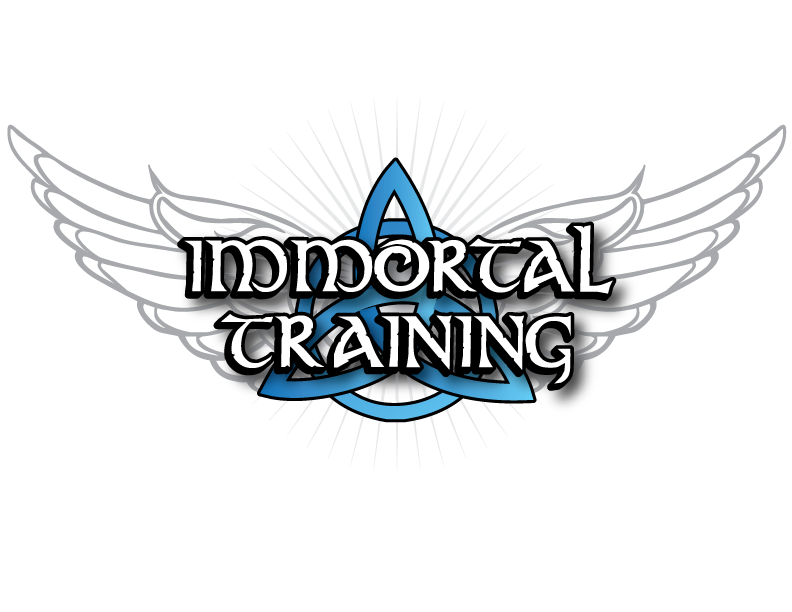
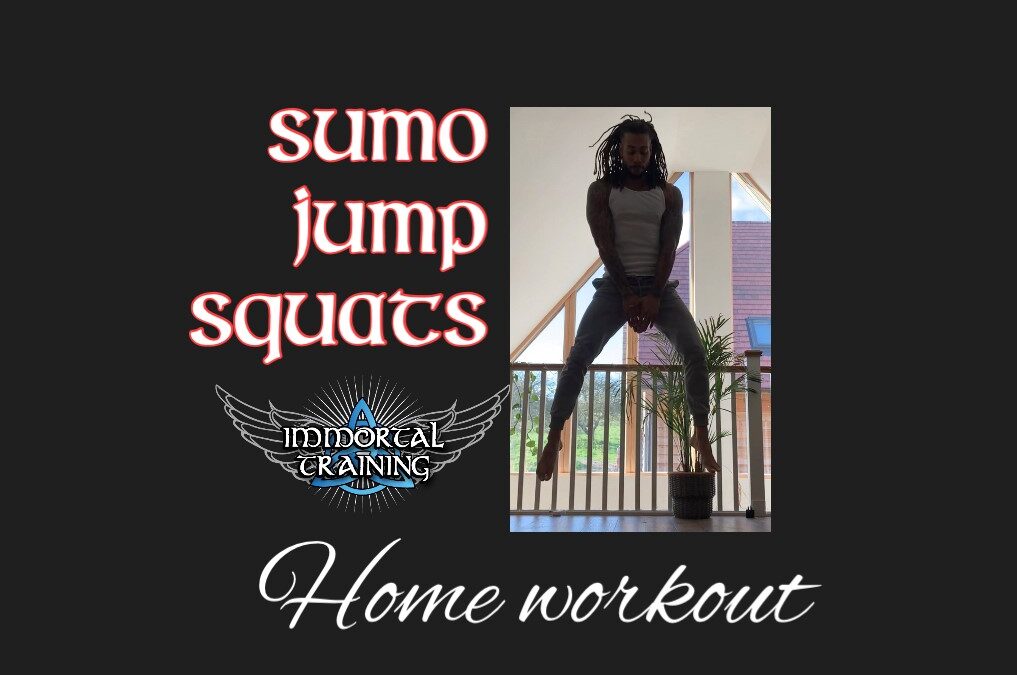
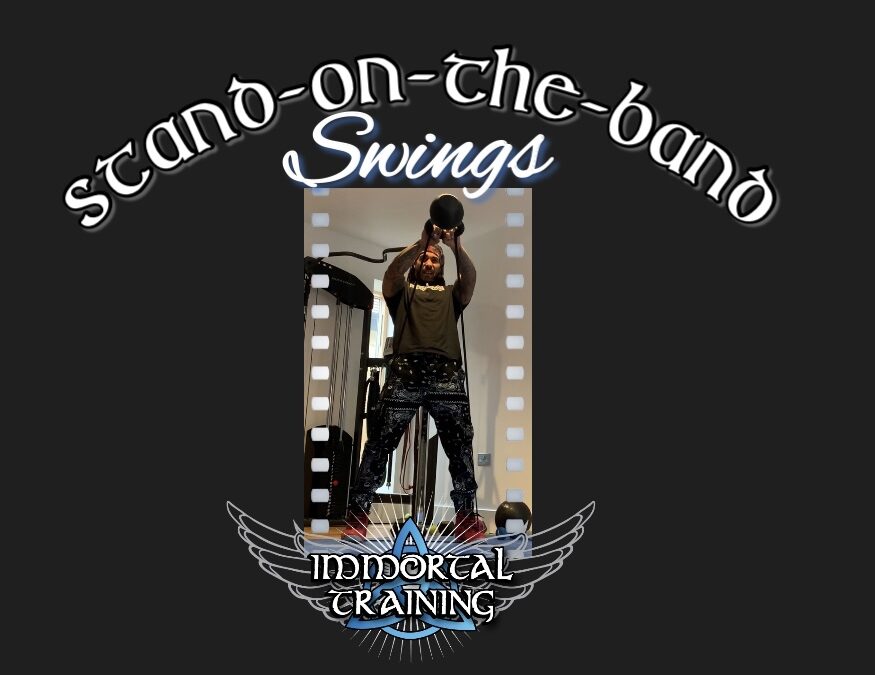
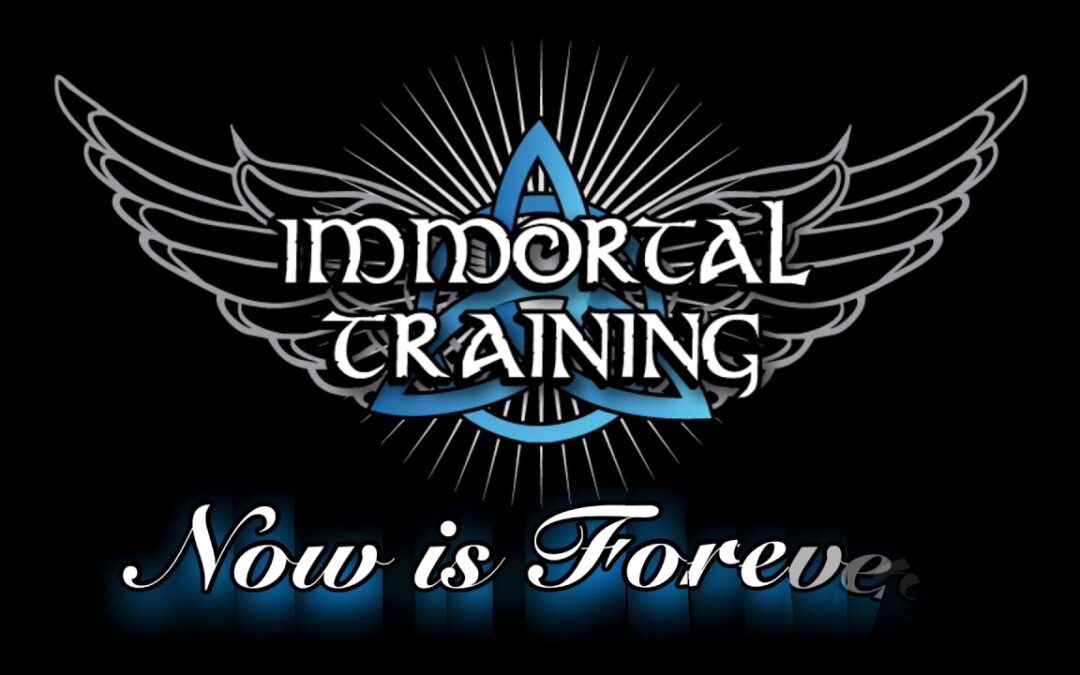
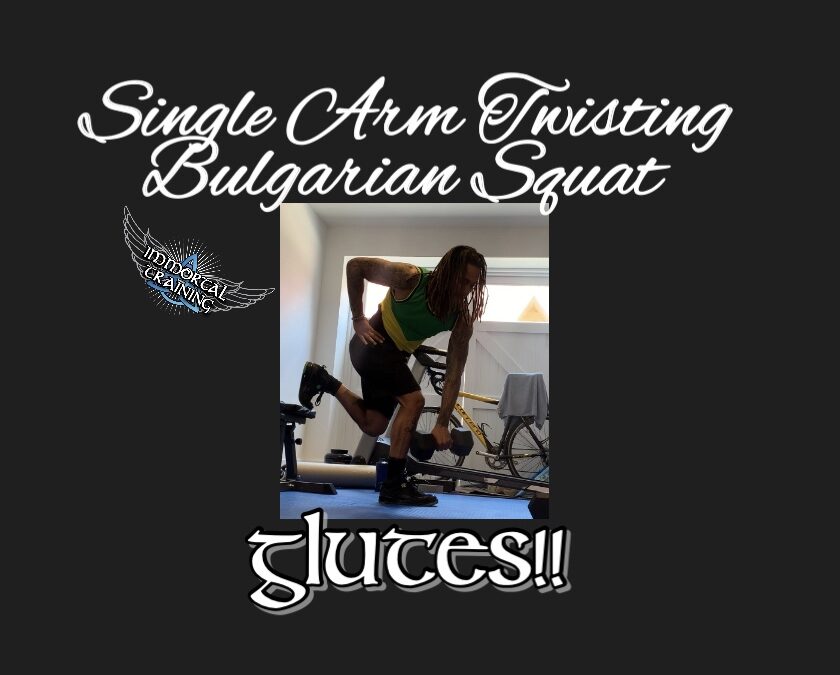

Recent Comments